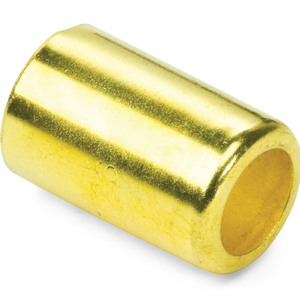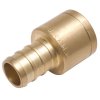I would like to turn handles for my tools instead of buying tools with handles.
I have just received the Sorby 3/8 spindle gouge and am searching the Internet to find a rule-of-thumb as to what size ferrule I should use. Is there a standard as to tool diameter to ferrule diameter?
I have just received the Sorby 3/8 spindle gouge and am searching the Internet to find a rule-of-thumb as to what size ferrule I should use. Is there a standard as to tool diameter to ferrule diameter?








